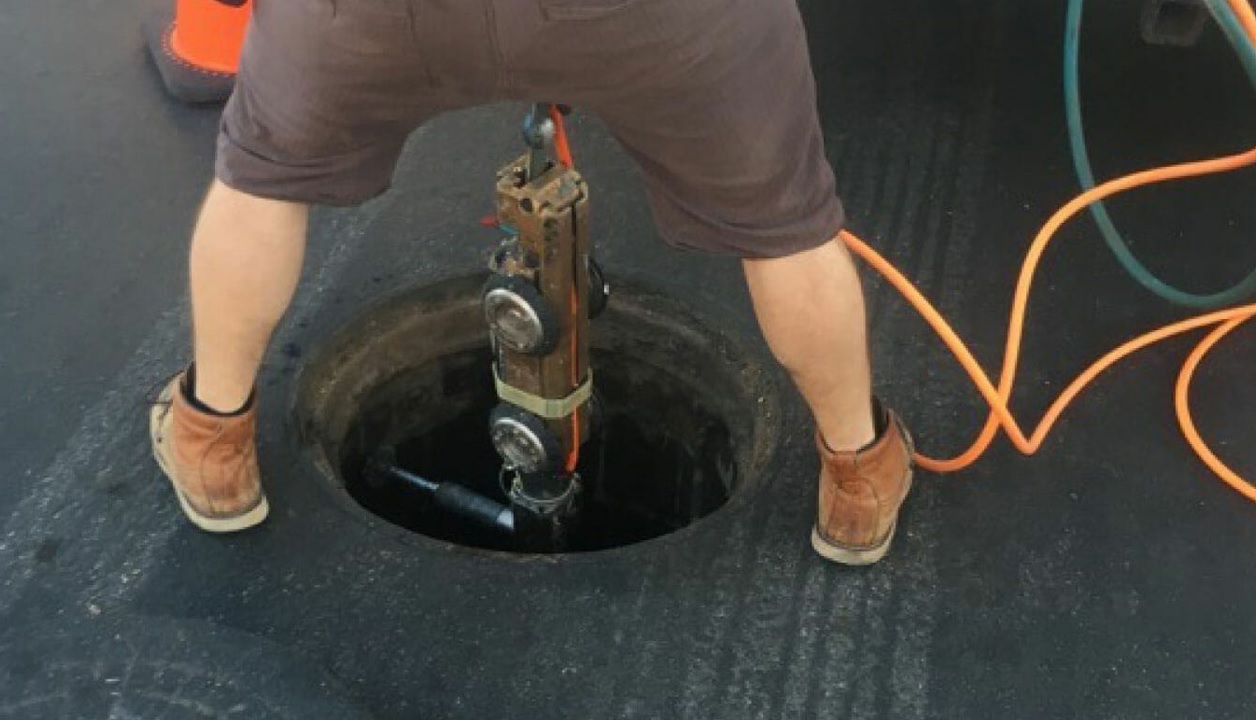Most homeowners pay little attention to their home plumbing systems until something goes wrong and then they contact a local plumber. This is a short sighted approach to the problem and like many aspects of life, it makes better sense to be proactive. We recommend an annual inspection for your plumbing system each year to ensure that it’s working efficiently. But, you can take this further and take active steps to mitigate certain risks to your home. A backwater valve is a great addition to your plumbing system and it can help to protect your home from a sewer backup.
What is a Sewer Backup?
A sewer backup is when the wastewater that is released from your home cannot get to the main sewer line. There are a number of possible causes, including a clogged drain line, tree root intrusions under the yard, a sewer line collapse, and more. Essentially, the route to the main sewer line is blocked and the wastewater has nowhere to go. Eventually, it will move back up the sewer line and into your home.
Is My Home at Risk?
Yes, if your home is connected to a main sewer line, it is at risk of a sewer backup. In fact, this situation can even occur if you are connected to a septic tank, if the drain line has been compromised. If a sewer line backup occurs, it’s an unsanitary mess that can cause a lot of damage and creates an unhealthy environment. Cleaning the area with bleach is required and the waste must be removed as quickly as possible. But, if the underlying problem is not fixed it will happen again. You will need to contact your local plumber to get a lasting solution and prevent further problems.
How Does a Sewer Pipe Work?
Your home is connected to the main sewer line with a pipe that is known as the sanitary sewer lateral. This pipe is designed to handle waste water, toilet paper and human waste. Any other materials that enter the drains and the sanitary sewer lateral can lead to the formation of clogs. This is why it’s a good idea to install drain covers and avoid placing other materials in your drains.
When the sewer lateral is working properly, the flow of waste water and sewage is a one-way street out of your home. But, if the sewer system is receiving more than it can handle or a clog has formed it will force the waste water back up into your home. In the very worst cases, the sewage can directly enter your basement through a number of routes, including sinks, floor drains, toilets, washing machines, and more. Before you know what’s happening, you may be dealing with a full blow sewage leak on your basement floor.
How is a Sewage Backup Caused?
We’ve covered the basics of clogged sewer lines and other factors that can compromise the performance of your sanitary sewer lateral. Another factor that can cause these problems is flooding, which can trigger a backup if there is a blockage in the main city sewer line. Limiting the types of waste you place in the drains will not help you to prevent these more extensive problems caused by flooding. But, you can protect your home if you install a backwater valve in your home.
What is a Backwater Valve?
This fixture is also known as a backflow prevention valve or a check valve. These terms are used in an interchangeable manner, but we will use backwater valve here. This device is designed to prevent the flow of sewage back into your basement. It has a clever one-way valve that allows the waste water to flow out of your home normally. But, if the waste cannot flow in the other direction, this is a very effective way to protect your home.
How Does a Backwater Valve Work?
The mechanism at the heart of the backwater valve is pretty simple but extremely effective. When the waste water is flowing in the proper direction the valve is open at all times. But, if the sewage starts to flow in the wrong direction, the valve shuts automatically. At this point, the backwater valve will only reopen if the water level in the pipe drops down again. One of the best things about the backwater valve is that it only requires minimal maintenance and it doesn’t need power to work. This is ideal because flooding can be accompanied by interruptions in the power supply. So, even if your neighborhood is in a blackout situation, your home is still protected from a sewage backup. This is also good news when you’re away from home and if you have a vacation home.
How Can I Install a Backwater Valve?
Many newer homes have a backwater valve installed already, but this is not always true and you should check if you want your home protected. If you live in an area prone to flooding, this is a no brainer, but every home would benefit from a backwater valve installation. But, it’s important to realize that this isn’t a task suited to people with basic DIY skills or a little plumbing knowledge. A backwater valve is a simple device, but the installation process is pretty complex and a local professional plumber will be needed.
What are the Disadvantages?
There are a few things that may be considered to be disadvantages, but in reality, they are protection measures for your home. When the backwater valve is closed you cannot use your plumbing system normally. Activities such as toilet flushing, using the washing machine, showering, using the drains and more, are not possible. For this reason, many homeowners have an alarm installed that tells them that the backwater valve is closed. Once the danger has passed and the valve is open again, you can use your plumbing system normally.
If you want a backwater valve to protect your home from a sewage backup, contact your local plumbing specialist today.





